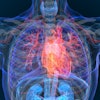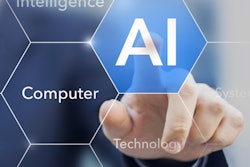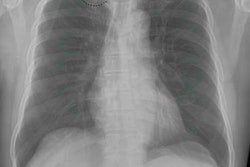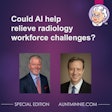Tuesday, December 3 | 11:50 a.m.-12:00 p.m. | SSG08-09 | Room E451A
In this presentation, researchers will offer details on an artificial intelligence (AI) algorithm that could help radiologists detect rib fractures using conventional frontal x-rays and also function as a second reader for missed fractures.The group used a dataset that included 1,200 different patients with anteroposterior and posteroanterior x-ray images of rib fractures. Three experienced radiologists recorded and described each fracture, noting its age -- acute, indeterminate, or old -- and whether it was a large or medium displacement or nondisplacement.
The researchers also used a multiscale U-Net for fracture detection, followed by localization and verification models. If no fractures were found, another model was deployed to replicate magnified images and track along each rib looking for any discontinuity or deformation. The algorithm was trained on more than 2,500 fractures, along with a dataset of 1,000 patients with and without fractures as the test set.
The algorithm detected fractures with specificity of 87%, sensitivity of 86%, and an area under the receiver operating characteristic curve of 92%. Sensitivity and specificity were better for fracture detection with large and medium displacement than with nondisplaced fractures. The AI model also detected 39 fractures that had been missed during the testing and validation process.



















